The trend of transitioning to a green economy and a circular economy is becoming an inevitable, objective, irreversible trend and is the goal of many countries in the world to develop economic prosperity, environmental sustainability and ensure social safety and equity.
At the 2024 Annual Vietnam Business Forum, Prime Minister Pham Minh Chinh once again reaffirmed: Green growth is one of the core elements of the process of restructuring the economy, transforming the growth model towards improving productivity, quality, efficiency, competitiveness and rapid, sustainable development of the country. However, to achieve green growth goals, Vietnam needs to soon have breakthrough solutions in developing the green financial market. This is one of the key points pointed out by experts at the Workshop: "Developing the green financial market in Vietnam: Barriers, urgent issues and breakthrough solutions" organized by the Vietnam Economic Institute on the morning of October 31, 2024.
 |
Opportunities and challenges
The World Bank report (2022) shows that to pursue a development path that combines resilience and net zero emissions, Vietnam needs an investment equivalent to 6.8% of GDP per year, about 368 billion USD until 2040. "This requires mechanisms, policies and solutions to mobilize domestic and foreign capital, promote the development of green financial markets, and encourage private capital flows to invest in green sectors," Dr. Bui Thi Quynh Tho, a member of the National Assembly's Economic Committee, emphasized at the workshop.
Globally and regionally, the green credit and green bond markets have grown rapidly in recent years through capital mobilization for energy-saving projects, renewable energy and clean technology development, and projects with environmental goals, aiming at the “dual” goal of economic growth associated with environmental protection, climate change response, and sustainable development. In the ASEAN + 3 region alone, according to the ADB Report, the sustainable bond market will reach a size of nearly 800 billion USD in 2023, more than 7 times larger than in 2017.
In Vietnam, from 2017 to present, the green credit and green bond market has grown at a rate of more than 20% per year, much higher than the general credit growth rate of the economy. A number of local government green bonds and corporate green bonds have been issued on a pilot basis, especially bonds for large-scale green projects such as renewable energy, green transportation, and green real estate. According to the Ministry of Finance, in the period 2019 - 2023, Vietnam has issued about 1.16 billion USD in green bonds. However, the development of Vietnam's green credit and green bond market has not been commensurate with its potential and the need to mobilize capital for green transformation. Green credit only accounts for about 4.4% of the total outstanding debt of the whole economy; The figure of 1.16 billion USD of green bonds issued in the past 5 years is still very modest compared to the capital demand of about 20 billion USD on average per year to implement green transformation goals and green projects.
Dr. Le Xuan Sang, Deputy Director of the Vietnam Economic Institute, pointed out signs of slowing down the green transformation trend due to the impact of geopolitical and economic fluctuations, especially the Russia-Ukraine war, causing green consumption and production to stagnate in some countries. For example, the greening of automobile production (especially electric vehicle batteries) has encountered many obstacles, causing some businesses to abandon their electric car programs (such as Ford). The world economy after the impact of the pandemic, conflicts, growth stagnation/recession... has caused countries to focus resources on recovery, public debt has increased, delaying capital for green growth/transformation.
In particular, the planning and development of legal frameworks and regulations for green economy, circular economy in general and financial market in particular, especially in Vietnam, are still in the initial stages; The information system on green economy and green finance is still lacking, inconsistent and rarely audited; The investment mechanism for innovation and digital transformation is generally still in the form of development investment and capital preservation, so it is difficult to promote innovation development, especially technology development towards green transformation.
Developing the green financial market is more challenging when the valuation of green finance is difficult due to the lack of standardization and available data, lack of regulations, and clear concepts, which leads to the presence of "fake" green companies in the market. In addition, it is difficult to determine risks and the level of efficiency of brown-to-green conversion, especially when there is a lack of analytical capacity, data, and related information. The green portfolio is slow to emerge and is incomplete. Investment opportunities in other fields may be greater in other familiar industries, with greater expected profits, and less risk.
Lending and issuing institutions also face difficulties when the concept and regulations on green bonds are not strict enough, which can be abused to create fake/green-washed green bonds. The risk of “double misalignment” of commercial banks in having to use short-term investment capital for long-term investment (15-20 years) leads to misalignment of maturity and risks due to exchange rate fluctuations.
Establishing the rules of the game and creating trust in the market
To resolve these bottlenecks, Nguyen Ba Hung, Chief Economist of the ADB Vietnam Office, recommends that Vietnam should complete the legal framework on green economy and green finance; Identify specific quantitative targets in line with Vietnam's international commitments, and create motivation for green finance development. At the same time, proactively access international capital sources through bilateral cooperation and international financial institutions to attract capital; Accelerate the implementation of carbon certification, form a domestic carbon market and connect with the international carbon market. In this journey, the Government can take pioneering steps in issuing green bonds, based on the budget expenditure management system for green items.
Dr. Le Xuan Sang proposed that it is necessary to effectively build market information, data, and a list of green bonds/stocks, with clear legal definitions; strict criteria for capital mobilization, and effective incentives to build trust and meet the interests/expectations of investor groups. He also emphasized that in order to develop a solid and healthy green financial market, it is necessary to establish rules of the game for the market, along with effectively exploiting the traditional financial market; Building trust and market discipline, taking into account the new context.
Regarding the green credit market, Associate Professor, Dr. Pham Thi Hoang Anh, Deputy Director of the Banking Academy, pointed out: The driving force of green credit growth in Vietnam mainly comes from the policy orientation of the State Bank rather than the development needs of commercial banks. Documents such as the Handbook on Environmental and Social Risk Assessment for a number of industries are still only for reference and encouragement, not mandatory. Therefore, we need to perfect the legal framework related to green credit in the direction of increasing mandatory to achieve the goal of green growth; At the same time, diversify capital sources for green credit in Vietnam, consider prioritizing capital sources for green credit and credit for sustainable development through monetary policy tools.
She also recommended that in designing policies to promote green credit growth, it is necessary to diversify forms of green credit incentives, not depending on financial support methods (interest rate reduction, loan extension, etc.). In addition, it is necessary to synchronously implement other support policies such as developing green bonds; educating and propagating to raise awareness; changing policies to attract foreign investment (FDI); promoting the use of sustainability reports.
Source: https://thoibaonganhang.vn/tim-giai-phap-dot-pha-cho-thi-truong-tai-chinh-xanh-157311.html


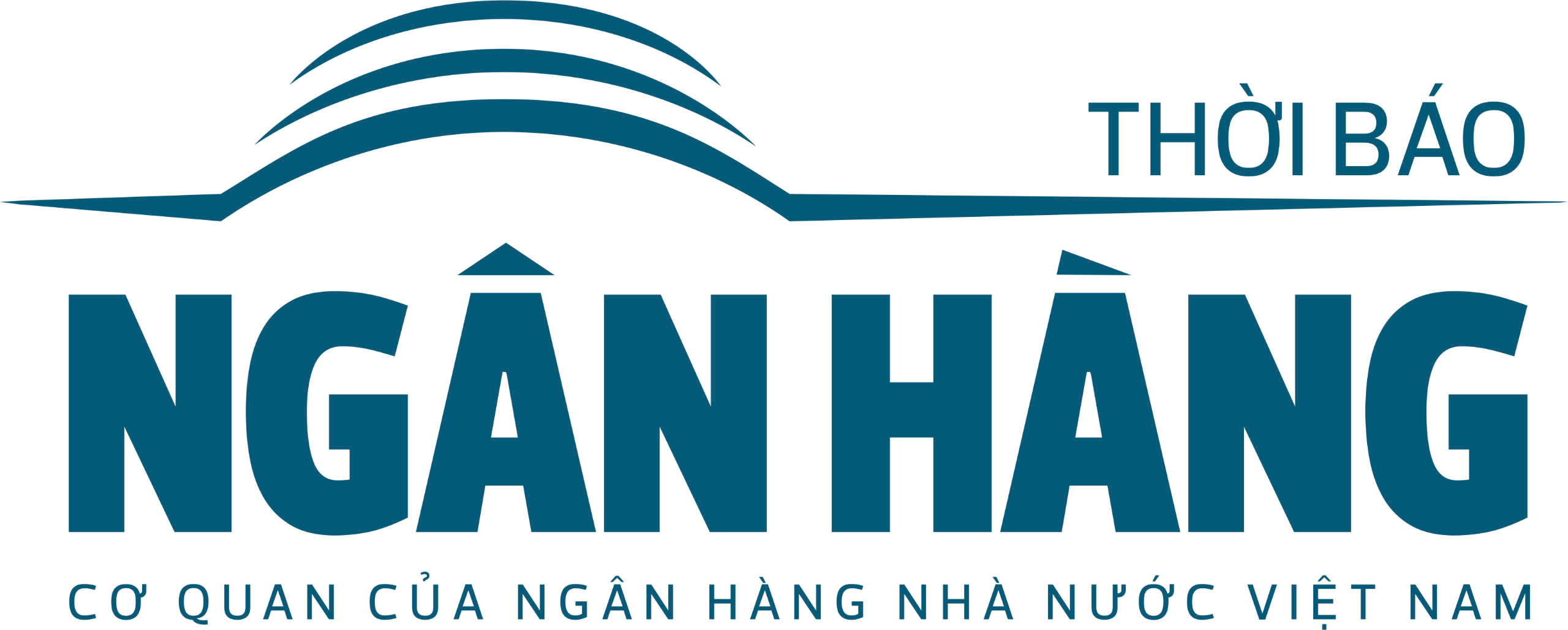
![[Photo] President Luong Cuong attends special political-artistic television show "Golden Opportunity"](https://vstatic.vietnam.vn/vietnam/resource/IMAGE/2025/8/22/44ca13c28fa7476796f9aa3618ff74c4)
![[Photo] President Luong Cuong receives delegation of the Youth Committee of the Liberal Democratic Party of Japan](https://vstatic.vietnam.vn/vietnam/resource/IMAGE/2025/8/22/2632d7f5cf4f4a8e90ce5f5e1989194a)

![[Photo] Prime Minister Pham Minh Chinh chairs the conference to review the 2024-2025 school year and deploy tasks for the 2025-2026 school year.](https://vstatic.vietnam.vn/vietnam/resource/IMAGE/2025/8/22/2ca5ed79ce6a46a1ac7706a42cefafae)











































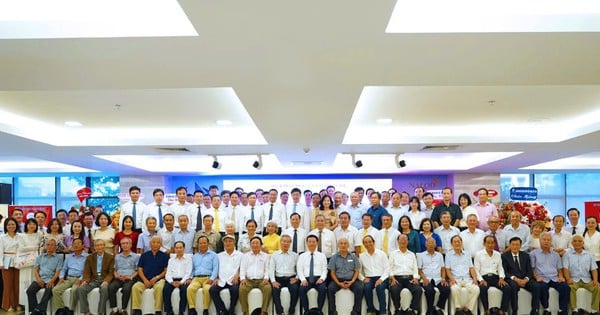

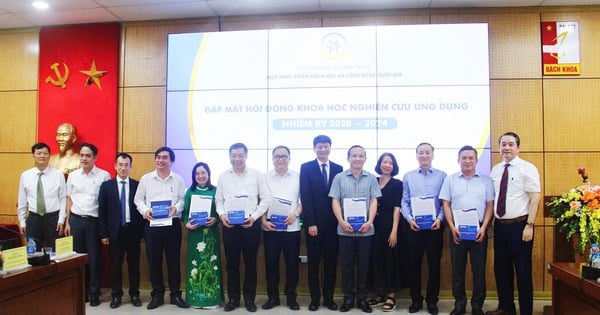
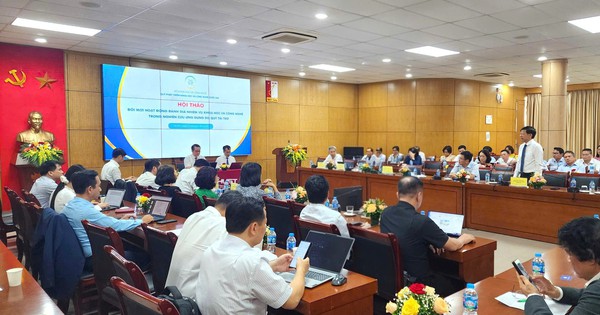


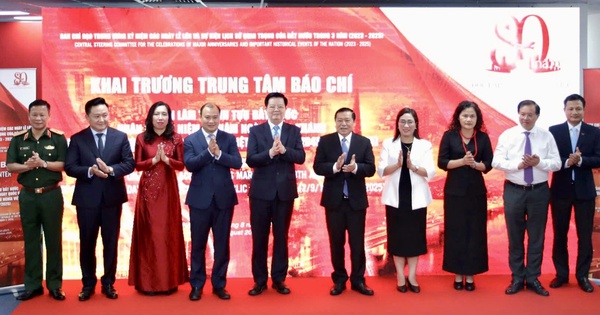



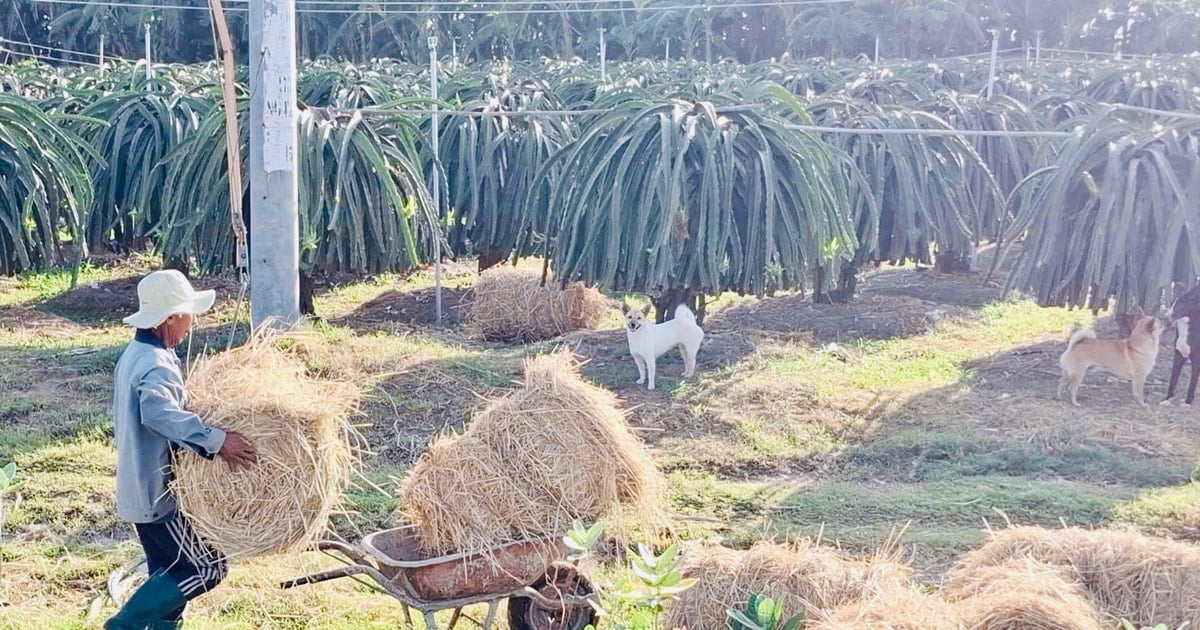

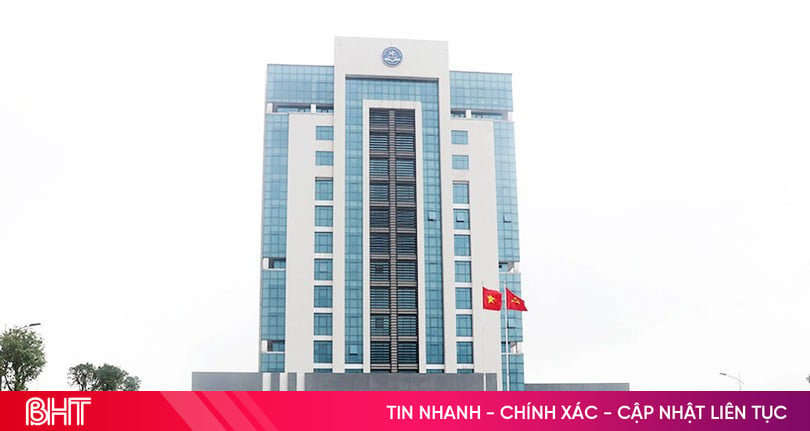


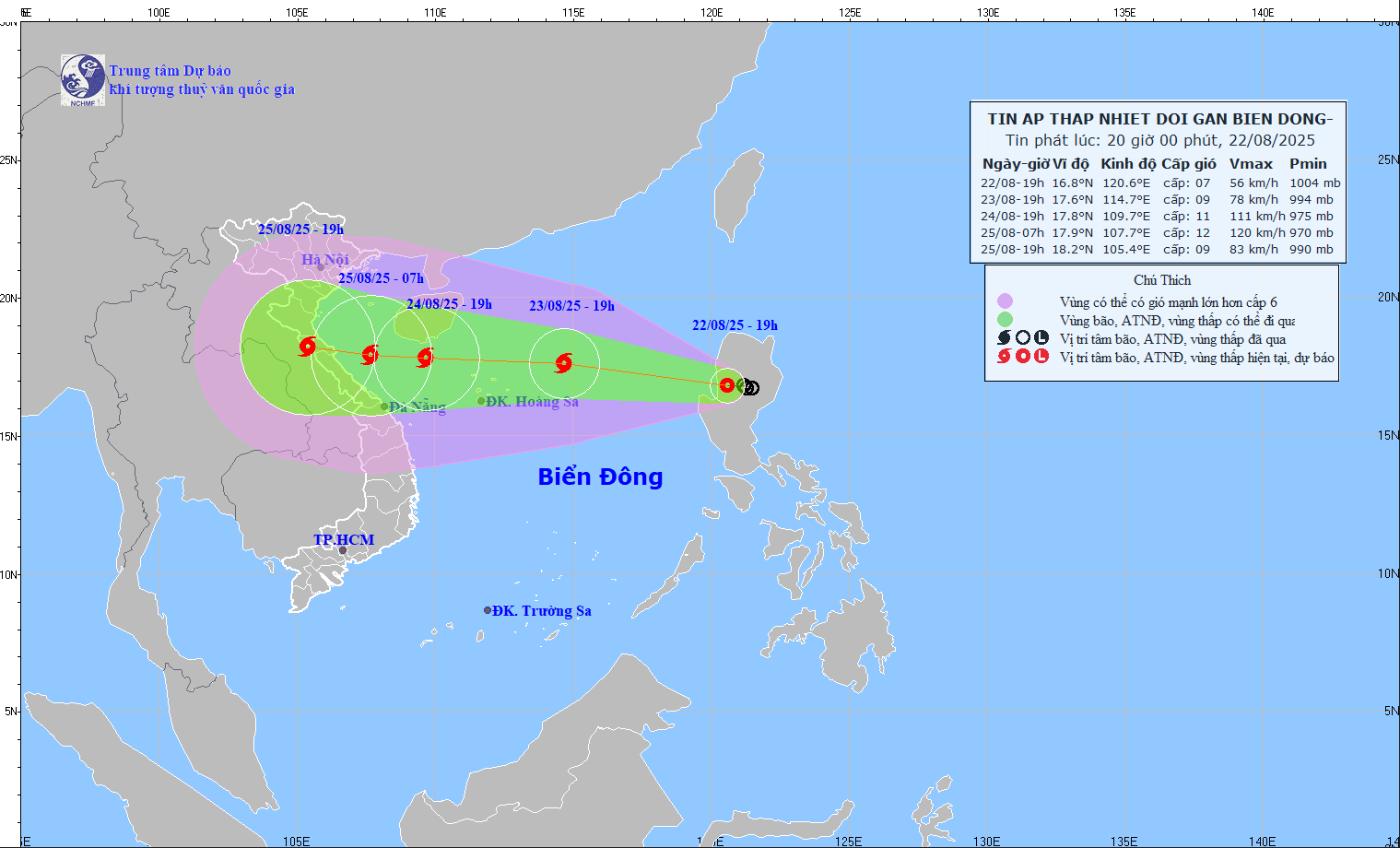
















Comment (0)